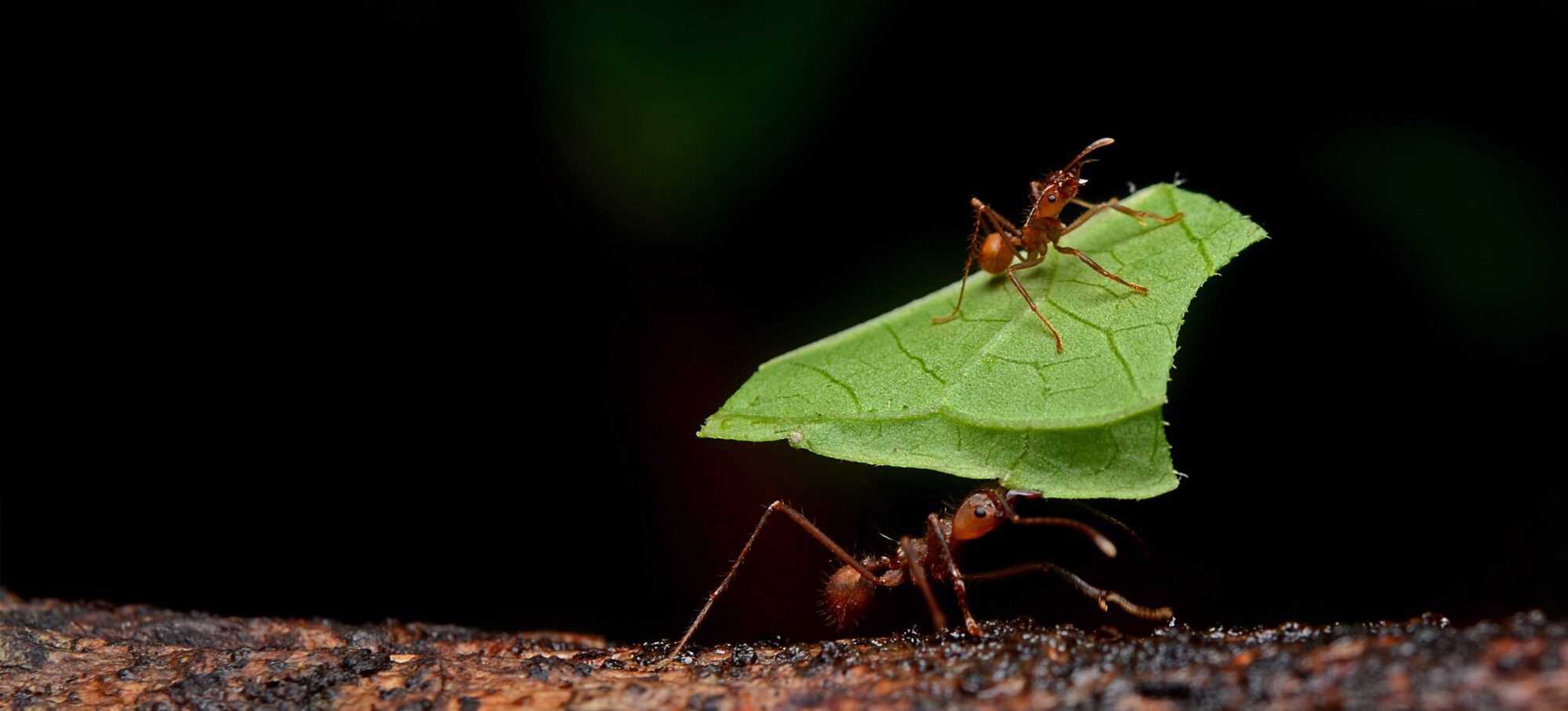Antibiotic Pollution Index: 273 ( 29 September 2017)
What is the Antibiotic Pollution Index?
What it does
Bacterial cell division is an important feature of developing, or maintaining, an (infectious) bacterial population. Norfloxacin binds the bacterial DNA replication machinery and thereby prevents cell division. This leads to cell death in many different types of bacteria, as it is a broad-spectrum antibiotic.
Who gets it
Norfloxacin is used to treat urinary tract, prostate and kidney infections, infections of the gastrointestinal tract, as well as some sexual transmitted diseases. The clinical usage is becoming more restricted because of better alternatives. Namely, norfloxacin has rare but serious side effects such as rupture of the tendons and secondary infections, such as C. difficile, causing a high-risk bowel disease.
Where may it be produced?
India, Italy, Slovenia, Japan, Spain, China, USA.
And, SquaredAnt, does it pollute?
For a not-so-popular drug in the medical domain, norfloxacin pollution is suspiciously widespread. SquaredAnt found reports of norfloxacin pollution in China, UK, Spain, Poland, Japan, Canada, Australia and India. Norfloxacin has also been reported in food. In in Brazil, 15% of milk samples carry residues of this antibiotic (2017). One Nigerian study showed average of 0.173 microgram per gram beef – a nearly therapeutic concentration (2015). In Saudi Arabia, levels 1 microgram per gram in Chicken meat and liver have been reported (2000).
Warning lights
Most reports on norfloxacin date from the beginning of this century, when high resistance rates in Campylobacter and Escherichia coli bacteria became apparent. Merck, the sole producer of medical norfloxacin tablets, seized its production in 2014. In summary, we could conclude that phasing out this drug from the medical domain is already under way.
Any common sense in this antibiotic?
Has the medical field lost interest in this drug, and has this provided veterinarians with a carte blanche for norfloxacin use? The widespread pollution could point into this direction. Furthermore, for the publicly available Maximum Residue Level (MRL) lists that SquaredAnt could locate, none of these includes norfloxacin (an MRL would invoke a systematic monitoring of norfloxacin in food products of animal origin). Separating the medical applications from other usages is wishful thinking. For instance, E. coli that are resistant to norfloxacin often are resistant to related antibiotics as well. In other words, resistance caused by norfloxacin pollution could affect the medical domain indirectly. It would make sense to restrict the pollution of norfloxacin in order to prevent these and other toxicological consequences.
Sources
- https://www.pharmacompass.com/ (for production locations)
- https://en.wikipedia.org/norfloxacin (general information on norfloxacin)
- https://www.ashp.org/Drug-Shortages/Current-Shortages/Drug-Shortage-Detail.aspx?id=1099 (links to Merck discontinuation of Norfloxacin tablets)
- https://riviste.unimi.it/index.php/haf/article/viewFile/4739/5104 (links to pollution in Nigerian beef)
- https://www.ncbi.nlm.nih.gov/pubmed/11260778 (norfloxacin pollution in chicken from Saudi Arabia)
- http://www.scielo.br/pdf/cr/v47n8/1678-4596-cr-47-08-e20170215.pdf (norfloxacin pollution in milk from Brazil)
- https://www.ncbi.nlm.nih.gov/pubmed/19090796 (links to Belgian study on resistance in travelers)
- http://aac.asm.org/content/53/1/229.full (links to article on combined resistance against norfloxacin and related antibiotics)
- MRL links
- http://www.fao.org/fao-who-codexalimentarius/sh-proxy/en/?lnk=1&url=https%253A%252F%252Fworkspace.fao.org%252Fsites%252Fcodex%252FStandards%252FCAC%2BMRL%2B2%252FMRL2e.pdf
- https://gain.fas.usda.gov/Recent%20GAIN%20Publications/Korea%27s%20Veterinary%20Drug%20MRL%20Situation_Seoul_Korea%20-%20Republic%20of_11-16-2011.pdf
- https://www.canada.ca/en/health-canada/services/drugs-health-products/veterinary-drugs/maximum-residue-limits-mrls/list-maximum-residue-limits-mrls-veterinary-drugs-foods.html
- https://ec.europa.eu/food/sites/food/files/safety/docs/cs_vet-med-residues_workdoc_2014_en.pdf (see Annex A)

